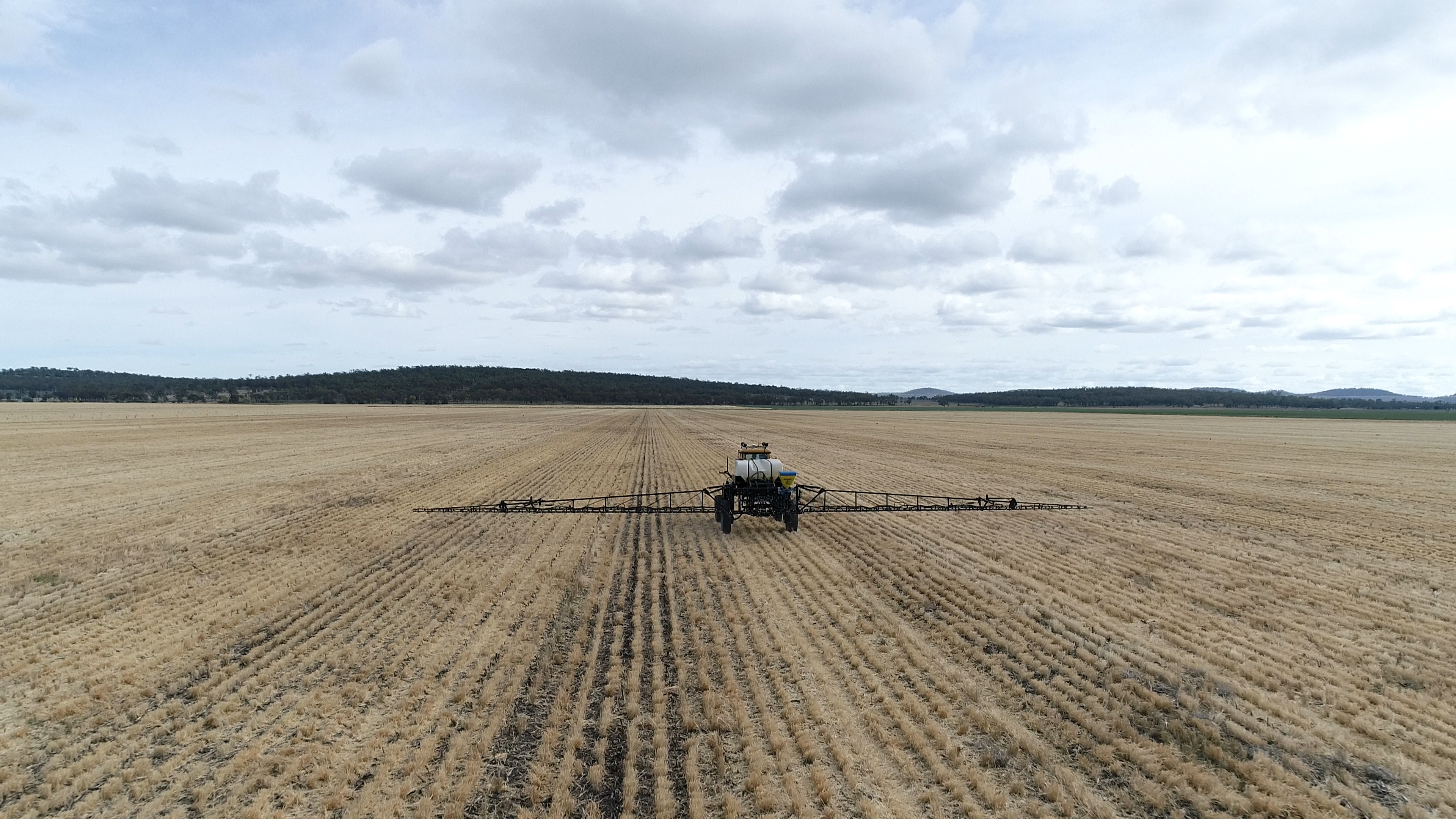Consider plant back implications after herbicide use
Consider plant back implications after herbicide use
Date: 02 Feb 2021

Grain growers are reminded to keep residual herbicides front of mind when controlling weeds this summer, as what they apply now will have an impact on their winter crop choices.
Many elements influence the time it takes for herbicides to break down. The primary factors include soil temperature and moisture, microbial activity, soil type, soil pH, soil organic matter and the chemistry of the herbicide used, and how it degrades.
The Grains Research and Development Corporation has developed comprehensive resources to provide grain growers, agronomists and farm advisers with information to assist when planning herbicide use on the GRDC Herbicide Behaviour web page.
GRDC Weeds Manager Jason Emms said predicting how long herbicides would persist in the soil was an ongoing challenge for growers.
“Many herbicides can persist in the soil for extended periods of time. Herbicides for residual weed control need to provide weeks or months of persistence in the soil to achieve their desired weed control objectives,” Dr Emms said.
He said while growers were often mindful of the residual nature of the products used in the fallow, it was also important they considered what herbicide products they had used in 2020 when it came to planning 2021 crop choices.
“There can also be plant back implications for growers from products they used last season depending on the seasonal conditions, this is particularly important if it has been dry following the application,” Dr Emms said.
“Some herbicides typically used for post-emergent weed control and not considered ‘residual’ herbicides may also persist in the soil for some time after application.
“It is important to understand the soil persistence of a herbicide and its potential impact on following crops in the rotation.”
Dr Emms said some key points for growers to keep in mind over the coming months were:
- Soil microbial activity is critical for herbicide breakdown and is significantly affected by lack of moisture. As a general rule, if the top 10 centimetres of soil isn’t moist, then little herbicide degradation is occurring regardless of how many months have passed.
- Consider how rain has fallen since the herbicide application rather than simply calculating the rainfall total. A single rainfall event with months of dry topsoil is less effective at sustaining microbial populations compared with the same rainfall occurring as a number of events that keep the topsoil wet for longer.
- Consider the mobility of the herbicide. Those with higher water solubility and lower affinity for soil binding can move down the soil profile after rainfall events and sit below the zone of optimum microbial activity. This can increase persistence.
- Adhere to label recommendations on plant back period to minimise the risk of crop damage.

GRDC information on Rotational Crop Constraints For Herbicides provides a guide to assist with planning herbicide use in crop sequences and managing rotational constraints. This covers the principles of herbicide persistence in soil and the factors that influence herbicide breakdown. There is also a summary of labels relating to managing rotational crops.
For the latest insights including a reference manual for agronomist advisers explaining Soil Behaviour Of Pre-Emergent Herbicides in Australian farming systems which includes considerations for developing an effective weed control strategy.
Read more about herbicide breakdown in this concise GroundCover article, Dry, summer soils provide an unwelcome haven for herbicide residues.
And to find out more about herbicide persistence, read this article on Understanding herbicide residues in the soil which explores the challenges and frustrations growers often face dealing with this complex issue.
New soil tests also aim to improve crop safely as outlined in this WeedSmart article, How can I be certain that herbicide residues in the soil have fully degraded at planting?
Contact Details
Toni Somes, GRDC
0436 622 645
toni.somes@grdc.com.au
